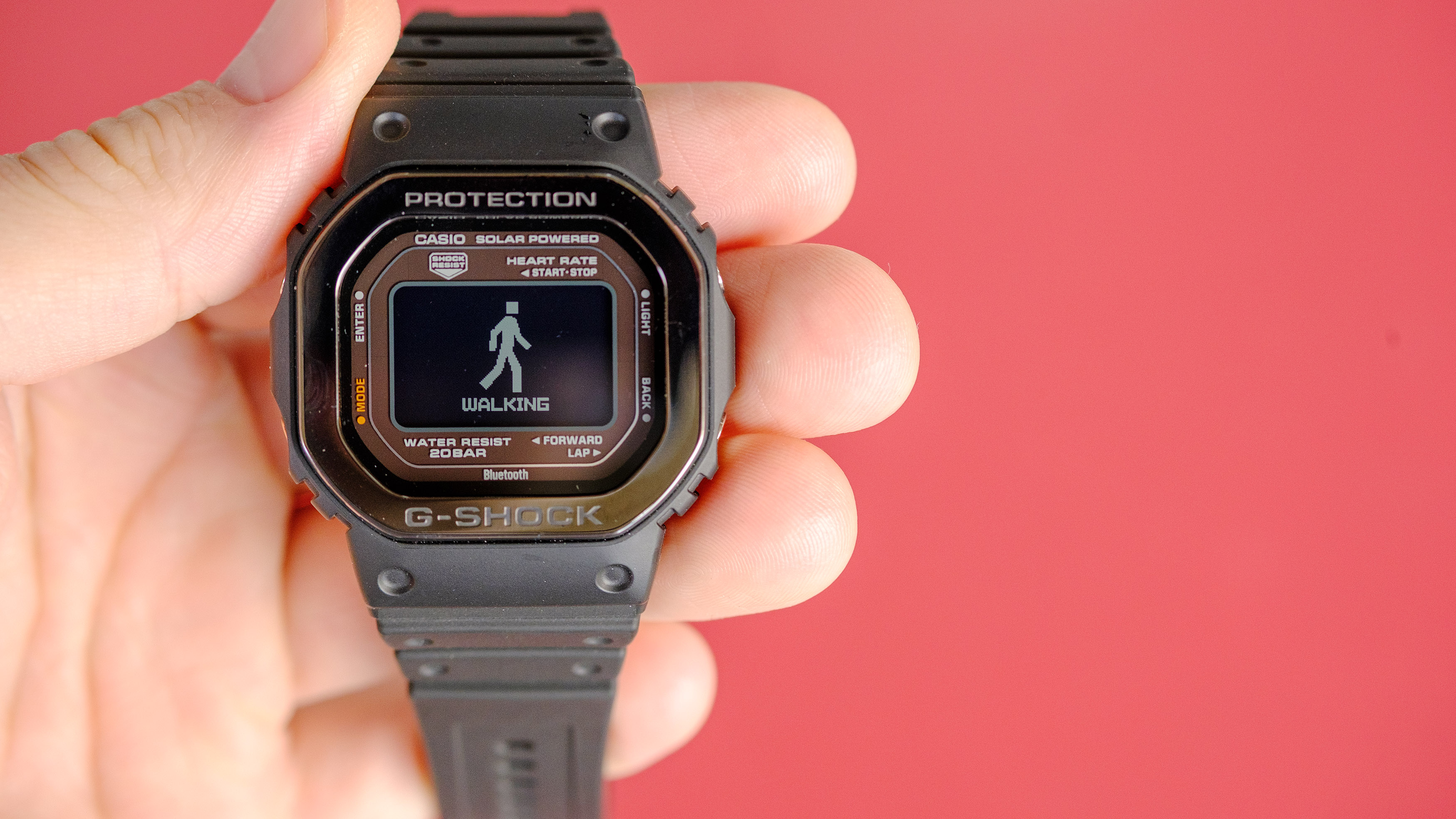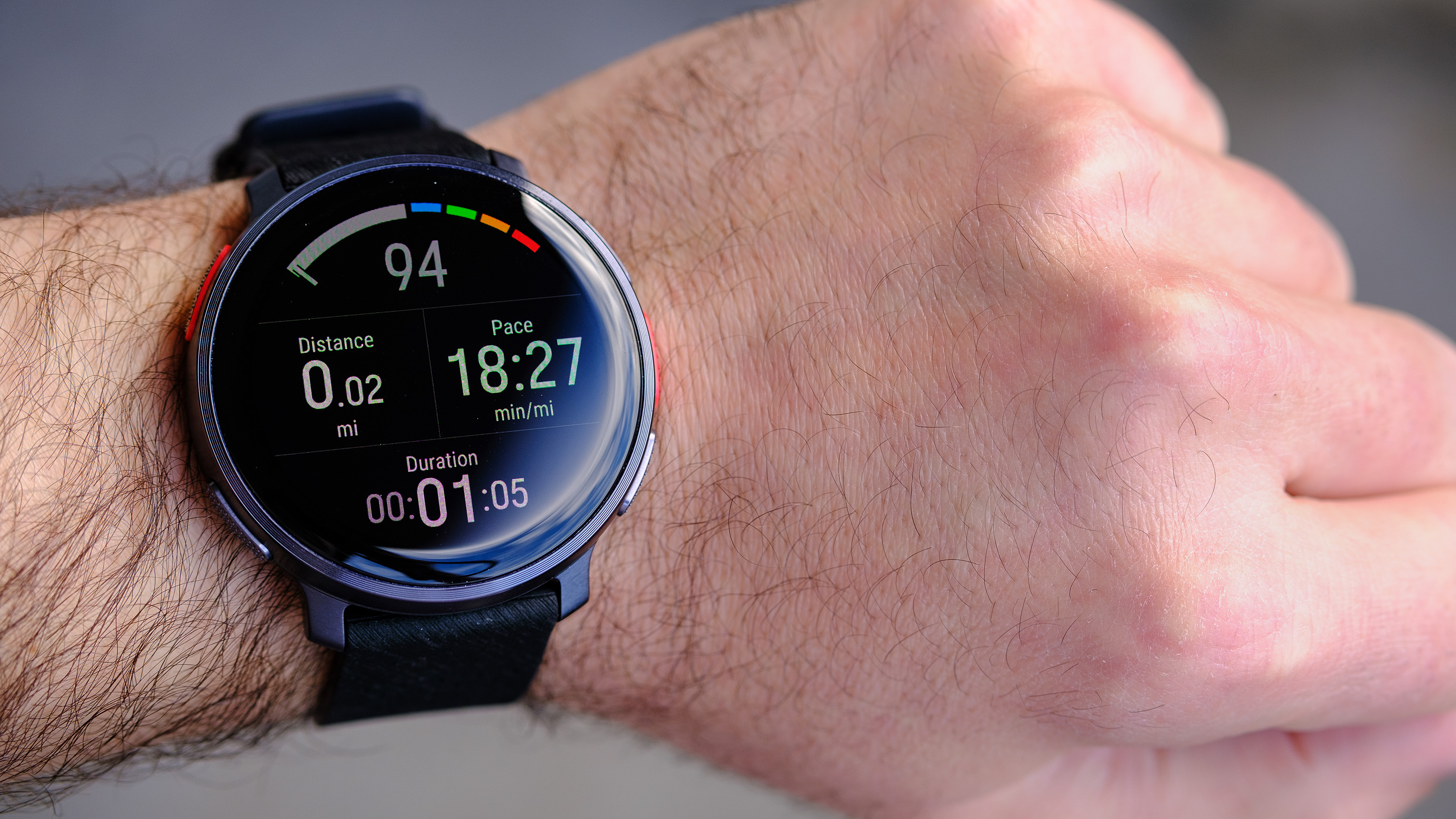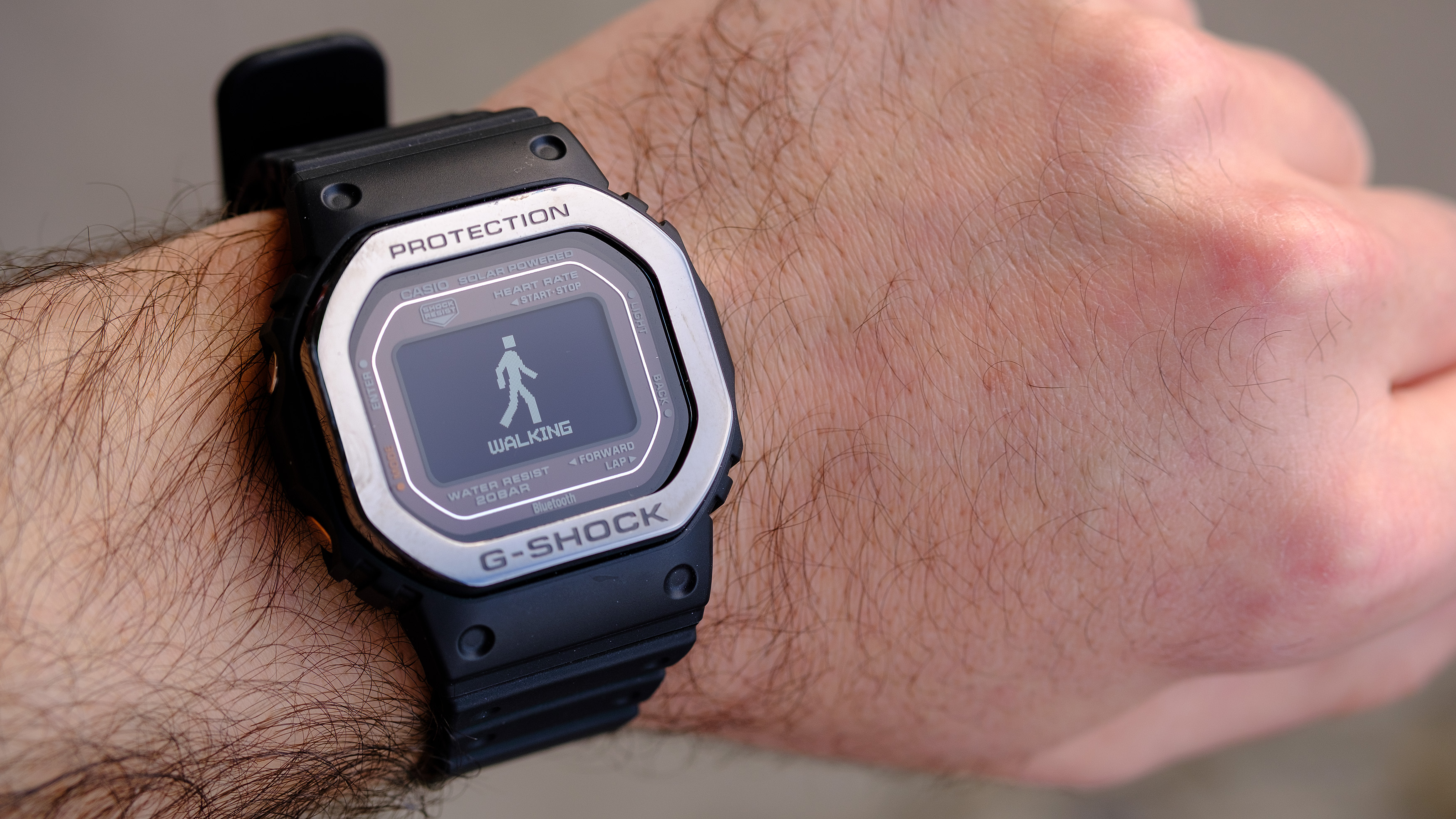
The modern fitness tracker (and watch) is a marvel of human ingenuity. These devices pack serious amounts of health and activity-monitoring technology into diminutive, wrist-friendly packages. The Apple Watch Ultra 2, for instance, sports no fewer than 14 onboard sensors aimed at wellness tracking.
However, as brands across the health and fitness space pump out more advanced models — each with seemingly new suites of features and tech aimed at improving how we live our lives — there’s a real risk of things becoming needlessly overcomplicated. In fact, it’s already happening.
Fitness trackers are already convoluted enough
I write about wearable technology for a living and even setting up the most straightforward of fitness tracking devices tends to elevate my heart rate slightly (see also: annoy me).
Assuming you cruise through the initial setup process without any hiccups — downloading the app, pairing the tracker with your smart device and entering your health info and goals — you’ll almost certainly still have to wait anywhere from 15 minutes to an hour or more for your shiny new wearable to update to its latest firmware.
This is not a great first introduction for someone who’s never used one before.
The most annoying thing about fitness trackers in 2023

But the setup process is not what annoys me most. No, that laurel goes to brands that make their data difficult for users to parse. This can come in the form of a bad app user experience or simple obfuscation of basic activity monitoring analysis.
Focusing on the latter, I’m noticing a trend in 2023, especially with higher-end fitness trackers: Individual step counts for tracked activities like walks or hikes are no longer provided. And that really annoys me.
Respect the humble step count
Flagship models like the Polar Vantage V3 and Casio G-Shock DWH5600, for instance, give end-of-day step count totals. But if I got on an epic wilderness trek, there’s no way to see how many steps I took during just that adventure.
It may not seem like a huge deal at first. After all, the logic behind this move is, no doubt, to reinforce the idea that health and wellness is an all-day affair, not just something you track for 40 minutes and then forget about. However, there’s also zero reason not to provide users with this data, which is readily available.
While I’ve singled out Polar and G-shock specifically, other brands are likely guilty of similar data befogging.
Note: G-shock has confirmed its DWH5600 devices don’t provide step counts for individual walks. From my extensive testing, the Polar Vantage V3/Polar Flow app also doesn’t seem to. I’ve reached out to Polar to confirm this.

Bottom line
For folks just getting started on their fitness journey, step counts are one of the easiest and most encouraging metrics to set goals against and track. So, why make it harder for these users to dive deep into this basic data point?
After all, even a little bit of additional walking each day can promote weight loss, positive mood, better circulation and overall wellness. A recent study published in the British Journal of Sports Medicine claims that walking just 11 minutes a day can lower the risk of premature death by nearly 25%. That sounds like a pretty solid trade-off to me.
With this in mind and in the name of promoting better well-being for all users, I appeal to the fitness and tech wearable industry, please respect the humble step count.







